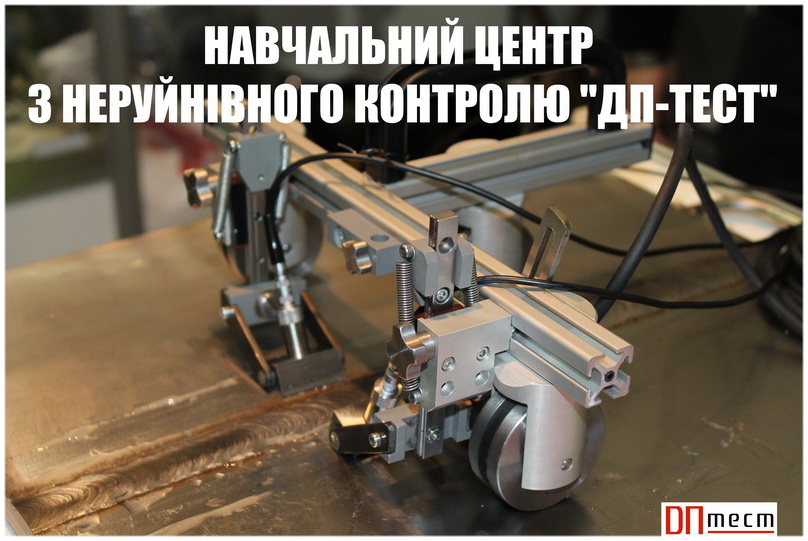Actuality of theme
Currently, the use of welded joints can be found in almost all industries. This is a very economical way of joining, which can be used to weld parts of different thicknesses. Welds are actively used in critical structures, which are often subjected to dynamic, intense and alternating loads. As a result, cracks often form in such joints, which can quickly lead to destruction, which can be accompanied by significant material damage and injury to one or more people. There is a lot of news now when the hydraulic cylinder, for example, cranes, is collapsing and negative consequences appear. Over the past few decades, the situation with the destruction of hydraulic cylinders has not changed and the percentage of such unpleasant cases does not decrease, so it is necessary to periodically monitor. The purpose of such control is the early detection of the location of the defect and its parameters, so that the responsible controller could quickly analyze the result and enter the necessary information in the control passport. In order to make the control results more reliable, it is necessary to constantly improve the methods of detecting information signals, especially for control at low signal-to-noise ratio, when noise has a strong effect on the control result, resulting in inaccurate information.
The task of the master's thesis is to improve the method of statistical processing of ultrasonic flaw detection signals at low signal-to-noise ratio, based on the analysis of phase characteristics of the signal.
The purpose and objectives of the study
The purpose of the study. The adjustment of the status of detection of defects in ultrasonic flaw detection for the analysis of signals in the method of statistical phase measurement.
To achieve the set goals, the following tasks are developed:
1) Analysis of the object of control and its typical defects.
2) Analysis of existing methods of ultrasonic flaw detection and methods of signal detection at low signal-to-noise ratio.
3) Justification of the use of the phase method of defect detection and consideration of its basic version.
4) Improvement of the phase method of processing the signals of ultrasonic flaw detection through weight processing of the results of inaccurate phase measurements.
5) Modeling of basic and advanced phase method of ultrasonic flaw detection signal processing.
6) Estimation of probability of control by the developed method.
Object of research – the process of ultrasonic flaw detection of welds of hydraulic cylinders.
Subject of research – method and technique of detection of ultrasonic flaw detection signals at low signal-to-noise ratio.
Methods of research are based on the theoretical foundations of ultrasonic control, methods of mathematical statistics and probability theory, methods of computer modeling and digital signal processing.
Scientific novelty of research:
1) Improved phase method of detection of ultrasonic flaw detection signals, which is based on statistical processing of phase characteristics of these signals, and consists in additional weight processing of phase measurement results, which increases the probability of detecting weld defects at low signal / noise ratio.
Practical value dissertation results:
1) The technique of realization of a phase method of detection of signals of ultrasonic defectoscopy at low signal / noise ratio is developed.
2) Developed and adjusted the software implementation of the proposed method in the Matlab environment.
3) Research and comparative analysis of the probability of detecting defects by basic and improved methods of detecting signals of ultrasonic flaw detection.
Publications
According to the results of the research, one article was published.
Research advisor: Y.Kuts









